Build powerful solutions to harness your data and replace spreadsheets
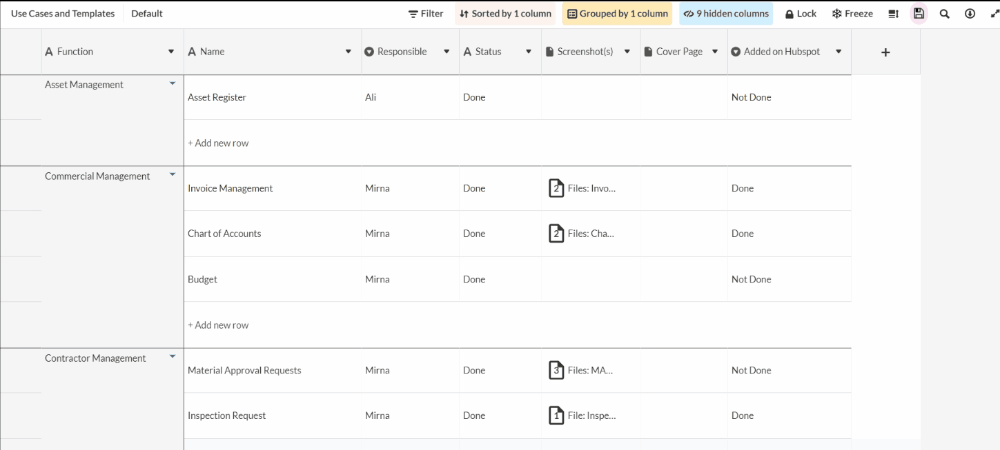
At Morta, we are on a mission to enable you to do more with your data. We want to help you bring it to life. Data is currently dead: it is out of date, it has mistakes, it cannot be accessed and re-used.
You may use spreadsheets: those typically have poor quality data. You may use dedicated solutions: Often that is a great start. The issue with many of these solutions is that they’ve been designed with the common 80% of the process in mind and they cannot be customised to meet your specific needs. This limits the automation potential of these solutions. In cases where customisation is possible, it remains prohibitively difficult and expensive.
By providing you with a tool that has the familiarity of a spreadsheet and the benefits of a database, you can build powerful customised solutions that fit your precise needs and leverage data to streamline processes, identify opportunities and manage risk.
Unlike horizontal no-code solutions, we focus on asset, construction and project management. This choice has driven us to make certain decisions related to the product ranging from developing certain views and integrations with Autodesk products and IFC, to permissions and choosing python as the language of choice for our users.
Most importantly, we’ve dedicated to helping builders kick-start their journey on Morta by providing a set of building blocks and templates for functions in asset, construction and project management.
So how does it work?
At the core of our offering are our Tables that you can use to effectively structure information.
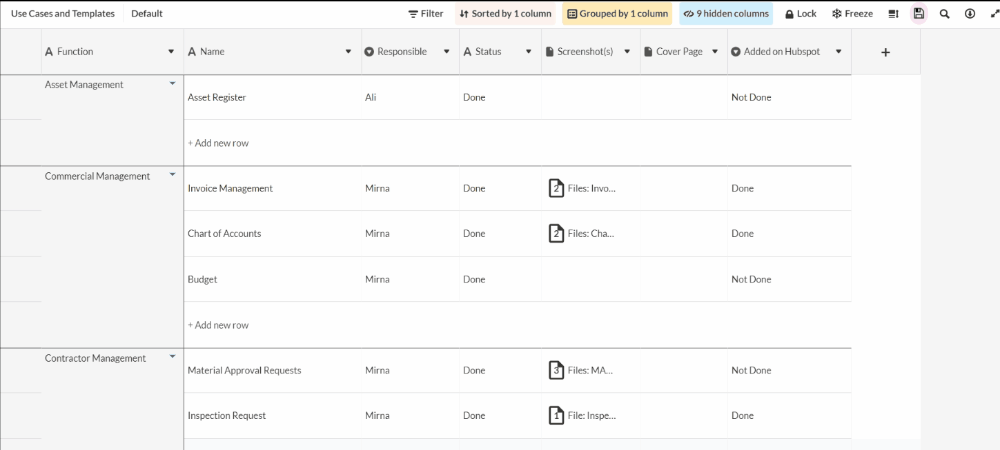
Different information can be adapted to contexts using views.
A user can add a single record using the form view of that same table.
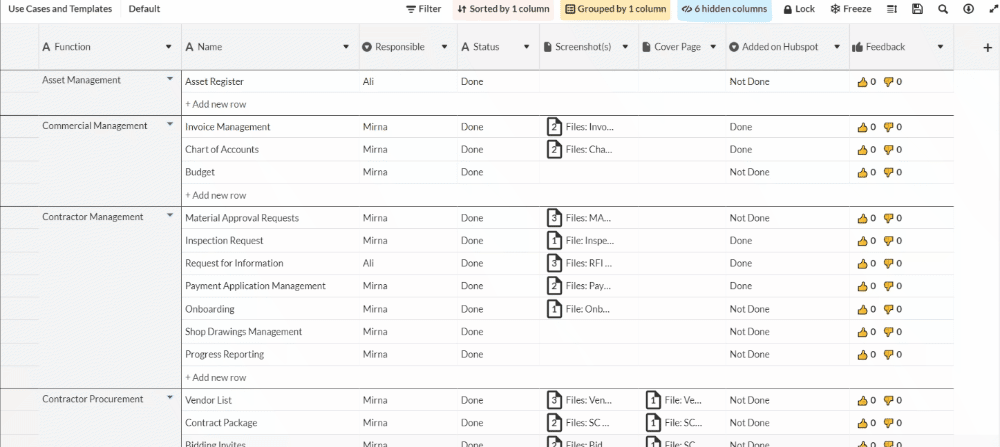
You can view a subset of the data based on certain conditions.

You can embed this data in a document.
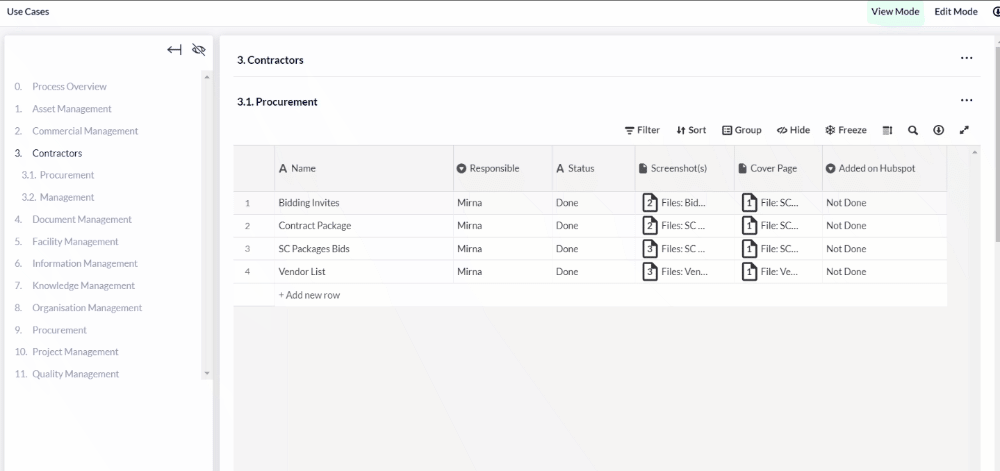
With a reliable foundation for your data, you can connect information both within Morta and external information.
You can build relationships between data using Joins and selection dependencies.
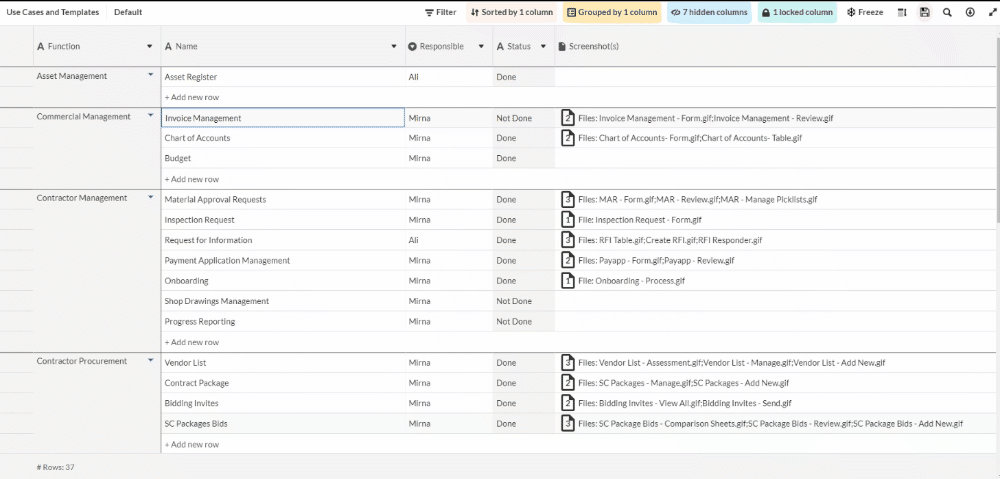
For users who have external data-sets that they’d like to bring in, they can use our API to pull data into analytics tools like PowerBI or bring data into Morta as needed. This has enabled us to connect with over a 150 data sets in one of the projects we are on.
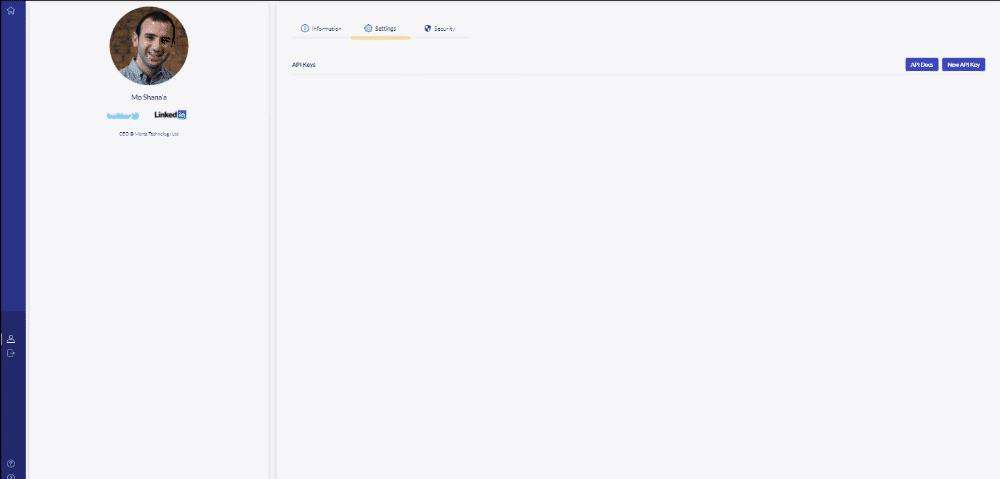
The stand out functionality in our product though relate to enable you to improve data quality and automate processes.
We believe that high quality data is key for automation. Provide feedback and flag data quality issues to end-users visually using in-cell validation. You can define rules such as where your file format has to be “XX-00-22-11” and Door Fire Rating has to be greater than 2HR.
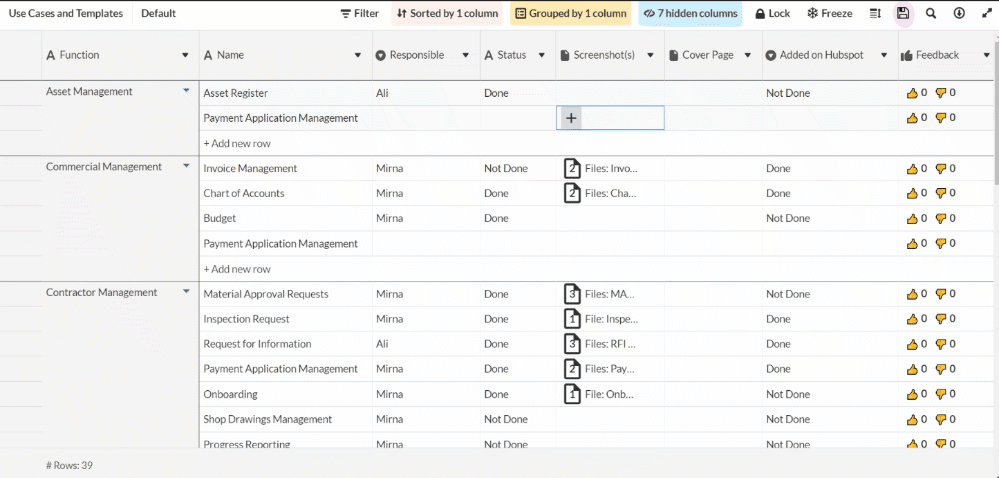
Knowing that your data is reliable, you can start automating repetitive columns using scripts. Those allow you to define logic in Python - Concatenate values in columns? Rule if cost >1000$? Comparison between two different column values? All are examples of things you can do. In this example we automate the status based on entries in other columns.
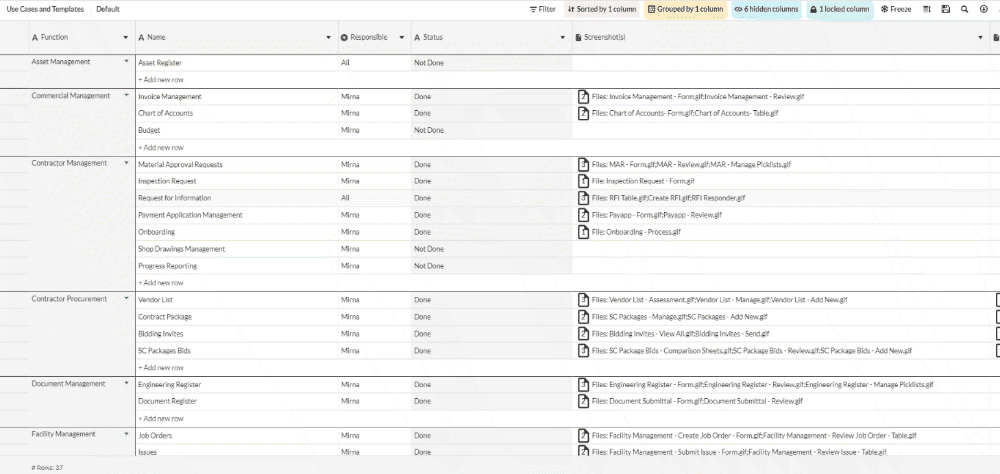
But the most advanced automation goes beyond rows on your tables. You might want to automate sending an email, pulling data, reconciling tables, parsing models, or even notifying someone on slack. You can Kick-off complex 3rd party automation services using notifications and triggers.
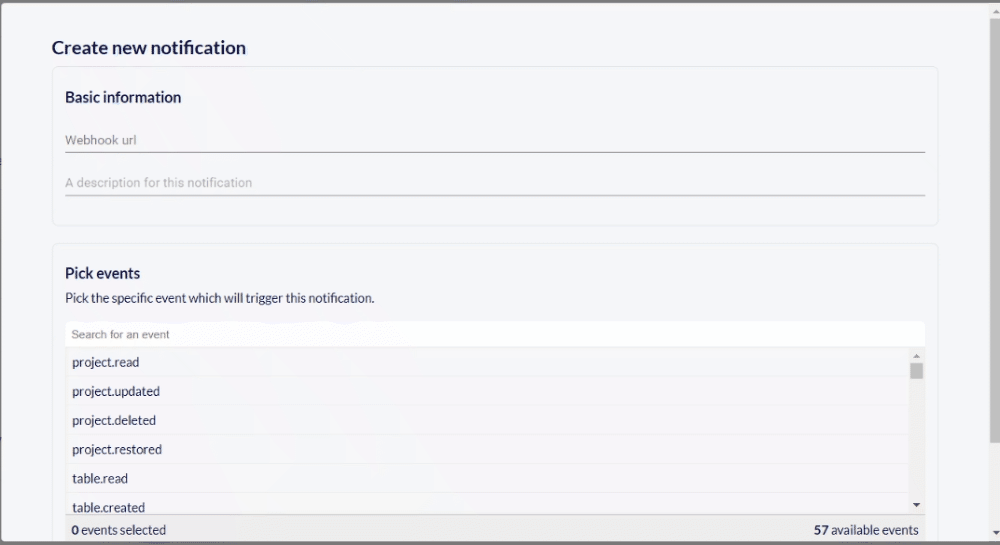
To top it all off, we can help you kick-start your journey to operationalise your data by transitioning from excel to databases with use-case samples we created on the platform that you can use. Examples range from lists of organisations to tasks of the team, contractor management, information management and sustainability management.
.png?width=5836&height=1234&name=logo%20(1).png)